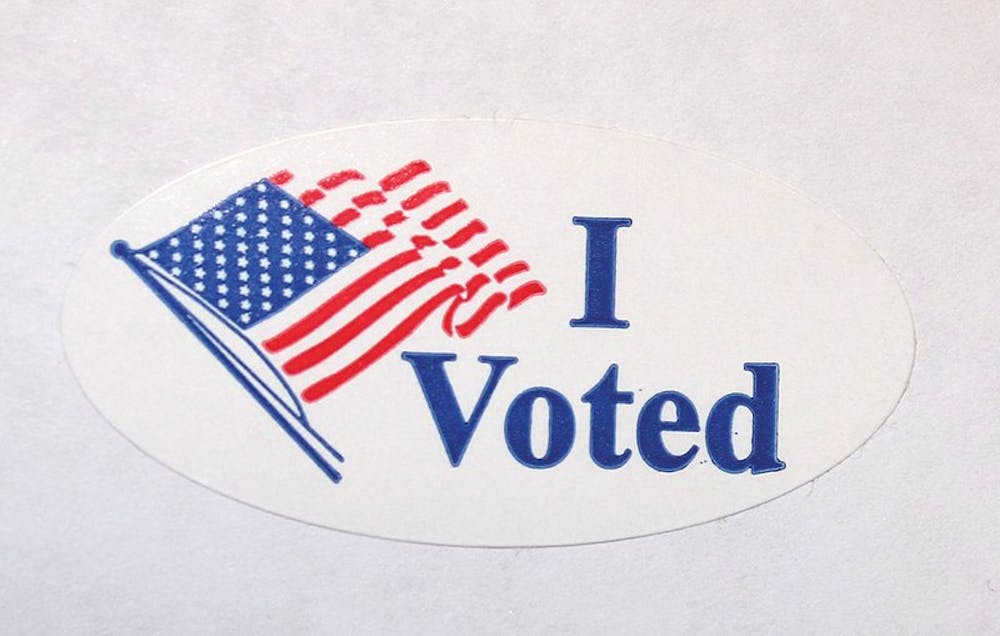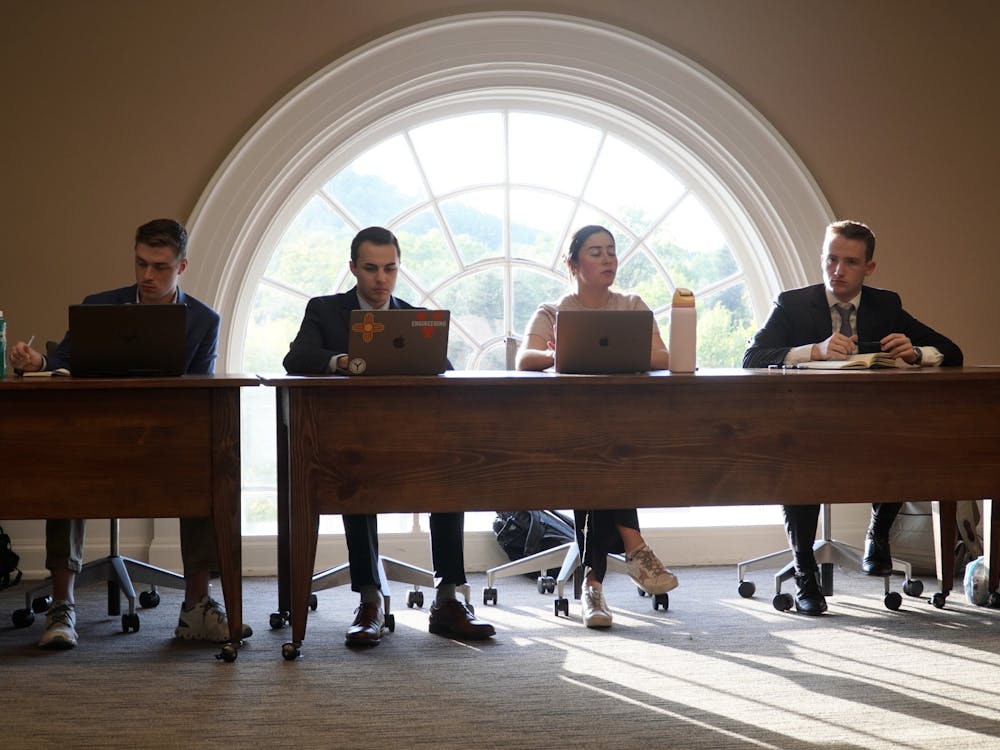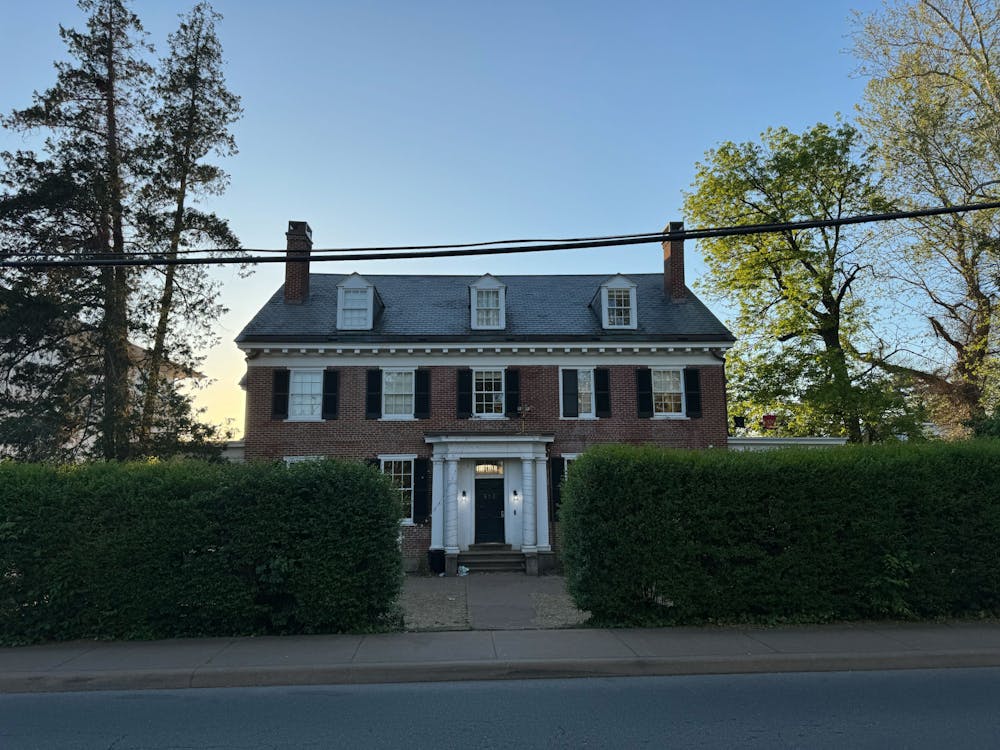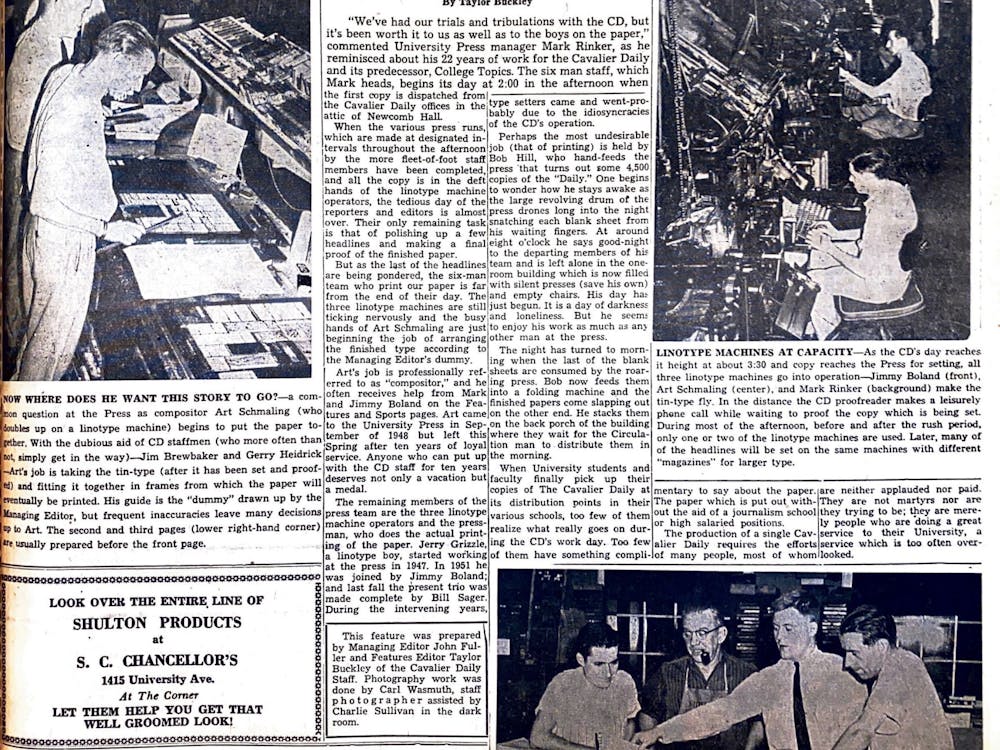As students start voting in University-wide elections on Friday, they will cast their ballots using ranked order preference voting, or RPV.
RPV is a system which allows voters to rank multiple candidates in an order of preference and is outlined by the University Board of Elections in a six-page document of the “Rules and Regulations” of election procedures.
“To ensure the election of the candidate preferred by the most voters, avoid runoff elections, promote positive campaigning and encourage greater voter turnout, the Optional Preferential Alternative Vote scheme of Instant Runoff Voting shall be utilized for elections of offices with one open position,” the UBE document reads.
Third-year College student and UBE member Inez Lieber said instant runoff voting is useful in competitive elections.
“In elections with multiple candidates competing for positions, it becomes difficult to reach a majority for any one candidate,” Lieber said in an email statement. “By having students rank candidates, votes are distributed in order of preference and considered in rounds. So in the first round, only the voter's first preference votes are considered.”
Craig Volden, associate dean for Academic Affairs at the Batten School, said election design is important in designing a system which will accurately reflect voter preferences.
“Getting election results that most voters agree with is actually quite tricky, especially when there are more than two serious options,” Volden said in an email statement. “Election design then becomes important.”
Volden said there are multiple factors which characterize a well-run election.
“We would like election design to feature such good things as the selection of the outcome that would beat every other outcome in a two-way contest (if one exists), limited ability for outcomes to be manipulated by strategic blocks of voters and efficiency (in not having to hold multiple costly runoff elections over time),” he said.
Lieber said RPV can prove helpful in the event there is a shift in the candidate list or someone drops out.
“This method of vote allocation also becomes particularly useful if candidates have to be removed, or withdraw, from the ballot during voting, or for whatever reason decide not to accept their positions if they win, as the runner up for each race will be abundantly clear,” Lieber said.
In addition to being used at the University level, Volden said RPV has gained support in some countries and localities, even within the United States. However, it has not gained widespread use in American elections because of the two-party system.
“Because of these features, preference voting has been used at the local level in many countries, including the U.S.,” Volden said. “It is less common when less needed, such as with only two main alternatives, as we’ve had among major parties throughout much of American history.”
Volden said while RPV may not be a perfect election system, it does a good job of reflecting voters’ preferences.
“When used, voters grow more comfortable with this system with more experience, especially when they come to realize that the true expression of their preferences yields the best outcome they can achieve,” he said.





